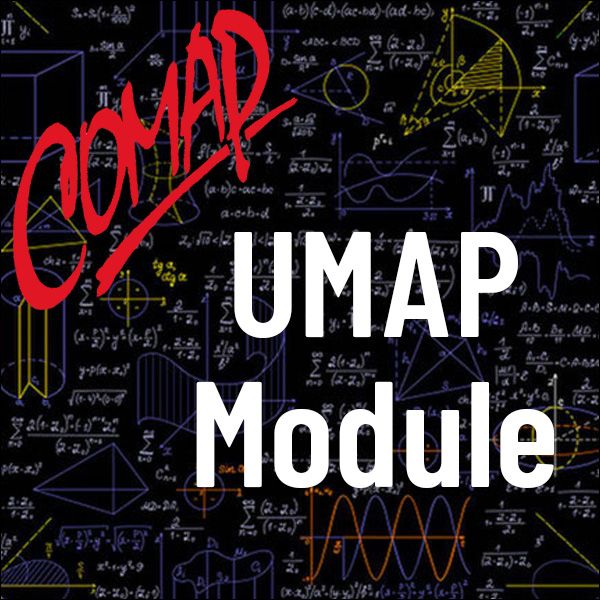Monte Carlo: The Use of Random Digits to Simulate Experiments (UMAP)
Author: Dale T. Hoffman
A unit that involves the use of random digits to simulate experiments. Students use the Monte Carlo technique to simulate simple experiments, and in doing so are able to realize the strengths and weaknesses of this technique. By the end of the module students can appreciate the role of approximate solutions to compelx problems.
Table of Contents:
1. PROBLEMS FOR SIMULATION
1.1 The Rhythm Method
1.2 Lottery
1.3 Drunkard
1.4 Grocery Store
2. INTRODUCTION
3. A WORKED EXAMPLE
3.1 Coin
4. CORRESPONDENCE BETWEEN DIGITS AND EVENTS
5. RHYTHEM METHOD -- WORKED
6. OUTLINE OF THE MONTE CARLO TECHNIQUE
7. COMMENTS
7.1 The Name Monte Carlo
7.2 The Number of Experiments
7.3 Use of a Computer
8. ADDITIONAL EXERCISES
9. PROBLEMS
10. MODEL EXAM
11. ANSWERS TO SOME EXERCISES AND PROBLEMS
12. ANSWERS TO MODEL EXAM
APPENDIX: RANDOM NUMBERS

Mathematics Topics:
Application Areas:
Prerequisites:
You must have a Full Membership to download this resource.
If you're already a member, login here.